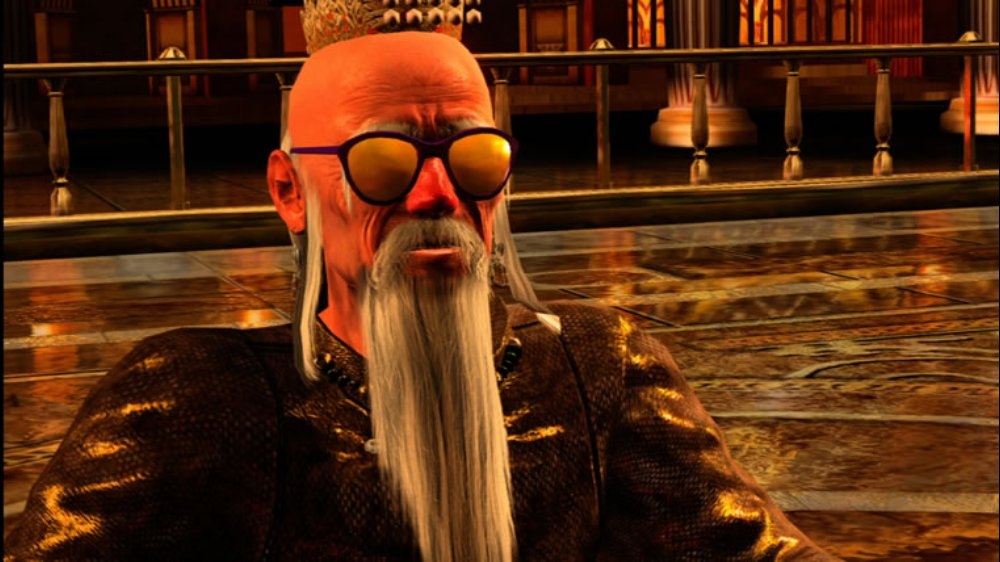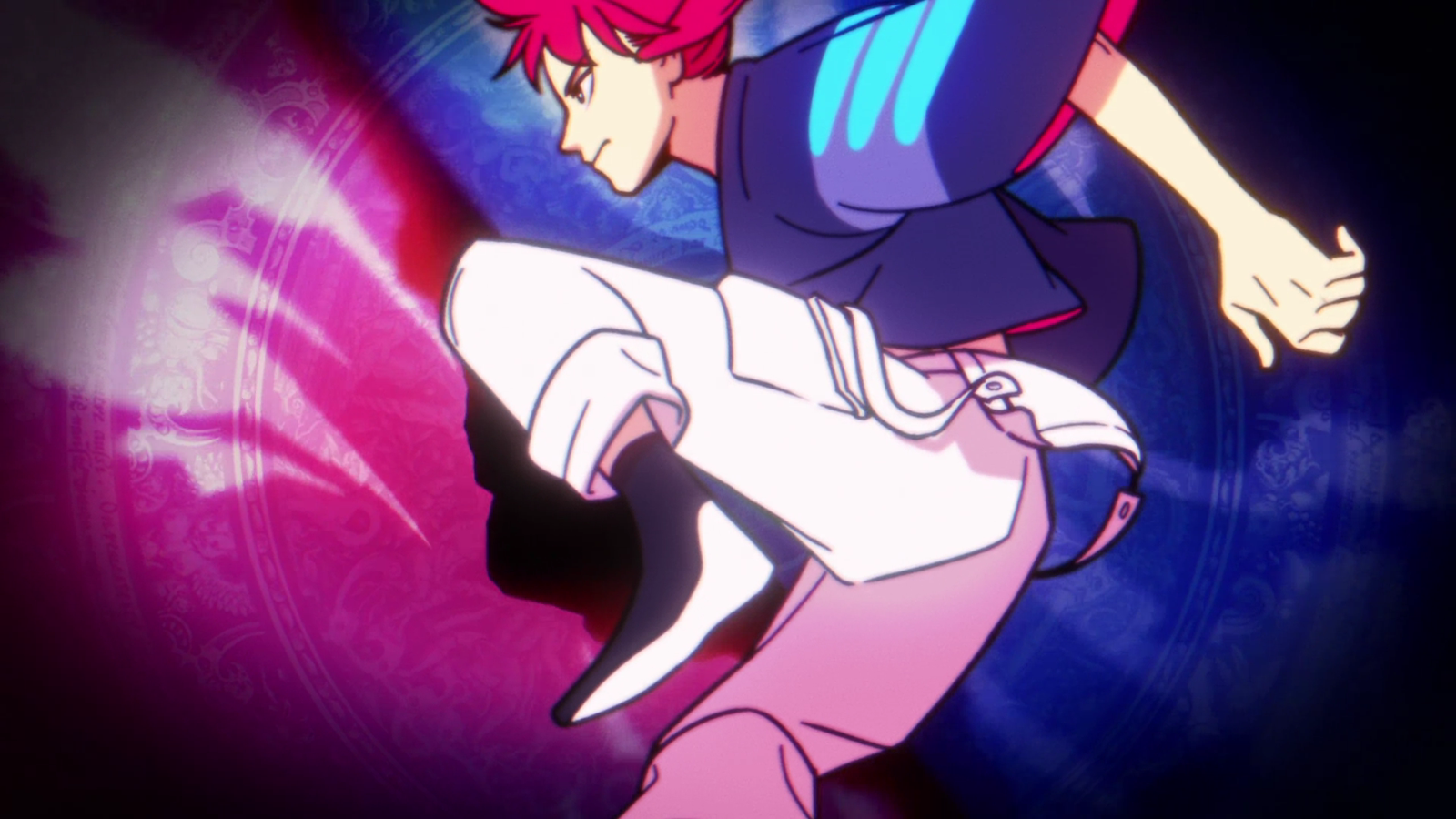You can trust VideoGamer. Our team of gaming experts spend hours testing and reviewing the latest games, to ensure you're reading the most comprehensive guide possible. Rest assured, all imagery and advice is unique and original. Check out how we test and review games here
Virtua Fighter 5 was an exclusive PS3 launch title here in the UK. Sony enthusiasts were delighted of course – here was an excellent beat-em-up you could only get on the PS3. While we all knew that the game would be coming to the Xbox 360 some time this year, PS3 owners were safe in the knowledge that they would enjoy a sizeable head start on 360 owners. But during the summer news started to filter out of SEGA HQ that the 360 version would have some marked improvements over the PS3 game. News which helped 360-owning VF fans feel a whole lot better about having to suffer a wait for the hardcore gamer’s beat-em-up of choice.
In June we learnt that the 360 version would feature a higher level of anti-aliasing which would eradicate the jaggies some people noticed in the PS3 version. We also learnt that 360 owners would benefit from revised AI patterns which would take into account new tactics and strategies which players had been using in the arcade and PS3 versions. These were both subtle but potent changes that added fuel to the already vicious console war fire back in the summer.
But slight graphical and AI tweaks were nothing compared with the news that was about to hit the Internet. In July SEGA confirmed online play for the 360 version of VF5. This was all the PS3 version was lacking, and the main reason why we scored it 8 out of 10 rather than a 9. If there were any gamers who were yet to decide which version of the game to get, here was the decision-maker. SEGA also confirmed that the 360 game would be based on the latest arcade version update, Version C, and feature vibration support, improved quest and DOJO modes. Incontrovertible evidence then that the 360 version would be the one to get? Read on.
Our primary concern was lag. Thankfully developer SEGA-AM2 has done a great job here. We set up ranked and player matches on XBL across a variety of stages and experienced zero lag. That’s right – zero lag. This may differ depending on your connection and who you’re playing, but early indications are extremely positive. No slowdown and no delay from button presses. However, it appears that the game won’t punish you for disconnecting mid-battle, which is disappointing. This is something that Street Fighter 2 Hyper Fighting on XBL suffered from when it was first released. Thankfully a patch sorted that. Hopefully SEGA will sort this out too. There’s also headset support, with a slight delay in the vocals, but we can live with that.
Ranked matches online are set at the first to three 45-second rounds. There’s nothing you can do here to change that. What you can change is the stage type – whether you want a wall or not. But you can’t choose the stage. Like in the game’s offline Quest mode, you start off at 10th Kyu, with the goal of ranking up. To do this, you need to win matches, gain points, increase your rank bar and then win ranking matches that are clearly flagged up at the beginning of the bout. If you’re anything like us, you’ll want to head online straight away to start working on their ranking and improve your position on the worldwide leaderboards. Sweet stuff.
So on to the other improvements. The graphical tweaks are minimal. We have to say we could barely tell the difference between the PS3 version and the Xbox 360 version. And we didn’t notice a massive difference with the AI. We’re not too bothered by the pad vibration either (it’s very subtle, you’ll hardly notice it), but it’s nice to feel some impact from your punches. There are more NPCs in Quest Mode, which is welcome, and more accessories that you can use to customise your fighter (friendship band anyone?), but again, none of these changes come anywhere near to being as important as online play. It’s the online play that seals the deal for us.
So, onto the game itself. VF5 enjoys a privileged position among the beat-’em-up fraternity. Arcade connoisseurs will point to the technical skill required to master the more refined mechanics of the game over, say, the frenetic parrying of Soul Calibur or the brute force of Tekken. Me? I’d say you’ve always been able to tell the difference between the big four (add Dead or Alive to the list) from one, simple observation: in VF n00bs can’t win with button bashing.
Which is great in theory, but it has always held VF back from bursting through into the mainstream. Put simply, VF is probably the hardest beat-’em-up to master. Some of the moves require dexterity of finger that a double-jointed Chinese gymnast would be proud of. But don’t let that put you off. It’s like your boss always says – you get out what you put in.
While at first you’ll get your ass handed to you on two silver plates, one cheek tattooed “I’m”, the other “done”, an hour or two in VF5’s Dojo will do wonders for your technique. Purists would argue the subtle to-ing and fro-ing of a VF match-up between skilled opponents is the finest sight a beat-’em-up can offer. Playing VF5 on Xbox 360, it’s hard to disagree.
Features wise, VF5 is actually a little thin on the ground. You’ve got the obligatory Arcade mode, Vs. mode and Dojo (training). The customisation mode, which allows you to dress up your character in all manner of embarrassing accessories, as seems the standard in beat-’em-ups these days, is extensive, although I’ve never seen the point.
Quest mode, which sees SEGA dumping the traditional laughable storylines seen in beat-’em-ups for playing the part of someone playing the game in the dog-eat-dog world of arcades, makes a return from VF4 EVO. In it, you play gradually improving AI controlled players with weird names and even weirder slogans to earn cash spent customising your character. It’s compelling only for a few hours, and is just like any other beat-’em-up quest mode, except dressed in different clothes. In fact, the whole single-player side of VF5 smacks of box-ticking.
So it’s a reassurance to find SEGA-AM2 hasn’t messed about with the core philosophy of the series – a wonderfully balanced, technical fighter that’s all about speed of execution and anticipation. Apart from the graphics, it’s not a massive leap forward from the last game. Fans of the series will head straight for their favourite character to scan for evasion tweaks, new moves and, if you’re particularly hardcore, changes in frame rates, recovery time and animation glitches.
The two new characters are Eileen, a young girl who uses monkey kung fu, and El Blaze, a Mexican lucha libre wrestler who instantly brings frat-boy favourite Jack Black’s bungling big screen wrestler Nacho Libre to mind.
From a usability point of view, they’re about as accessible as VF gets. Both characters have a good deal of moves that won’t give you RSI, but, again, in true VF fashion, have finger-breaking combinations towards the end of their command lists. Eileen is more of a mid-range character, her monkey fighting style giving her an erratic, staccato feel. She’s most effective getting in your face for a bit then stepping out for a quick breather. El Blaze makes me laugh too much to take seriously. In a game that’s as serious as they get, he seems to stick out like a sore thumb. He does impressive throw-based damage and has decent running attacks, but I can’t see the Japanese arcade masters warming to his oiled-up pecs.
Still though, both new characters highlight one of VF’s great strengths: character balance. Other beat-’em-ups will have double the characters VF5 does, but half of them will be useless. With VF5, as it has been throughout the series, every single one of the 17 characters is as useful as the other. For preserving that, SEGA should be applauded.
As mentioned before, the only great leap forward in VF5 (other than the online play) is the graphics. Veterans and newbies alike will be impressed with how sumptuous the game looks. It’s easily the best looking fighter on a console, beating the latest iterations of Tekken, DOA and SC hands down. Everything on screen looks absolute quality. When playing on a HD television the level of detail is so good you feel as if you could reach forward and wipe the oily sweat straight off those ridiculously oversized limbs. Veins pulse, muscles flex, lighting and shadows kiss the game’s textures with subtlety and care, and some of the attack and hit animations look so realistic, you’d be forgiven for thinking you’d slipped a Jet Li movie into the Xbox 360’s disk drive by mistake.
The backgrounds are equally impressive. From fighting on a raft in the middle of an expansive river, to the crestfallen overtones of an abandoned Japanese dojo, VF5’s environments do as much as any beat-’em-up, if not more, to lend gravitas to each and every fight. Character interaction with the arenas is there, but is understated, and always effective – wood splinters, glass shatters and you leave, quite beautifully, real-time depressions in snow and ripples in shallow water.
It’s not all Spartan-esque six packs and picturesque sunsets, however. The music in VF5, which is classic SEGA, is mind-bogglingly bad. Someone really needs to let them know that glam-rock went out of fashion 20 years ago. At one point I left the game on the character select screen to get some food and actually found myself paying attention to the cringe worthy guitar riffs with renewed disbelief. The music is so bad, it’s funny.
The English voice acting is even cheesier than the music. After winning a round, Leon screams with joyful abandon “I’m twice the man I used to be!” El Blaze is another cheese-stinking culprit. Again, so bad it’s hilarious.
As a fan of all the major 3-D beat-’em-ups out there, I’ll refrain from saying it’s better than the rest; it’s equally good in its own, unique, satisfying way. More than any other beat-’em-up, being good at VF5 makes you feel good about your gaming skill, kind of like those ultra-hard 2D shooters Treasure keeps knocking out for masochists.
The Xbox 360 pad sucks balls for beat-em-ups of course (you’ll want to get yourself a Hori Fighting Stick EX2 Virtua Fighter 5 Edition for Xbox 360), but clearly Virtua Fighter 5 on the 360 is the best version of the game. There are rumours that the developers could release a patch to enable online play on the PS3 version, but until then, owners of Sony’s next-gen console will have to make do with their friends and the Quest mode.
/https://oimg.videogamer.com/images/57a0/virtua_fighter_5_14-41372.jpg)
/https://oimg.videogamer.com/images/d14b/virtua_fighter_5_16-41374.jpg)






